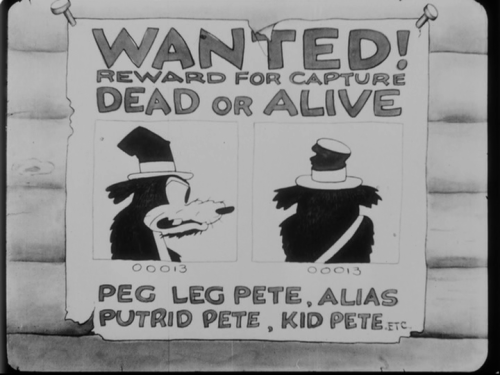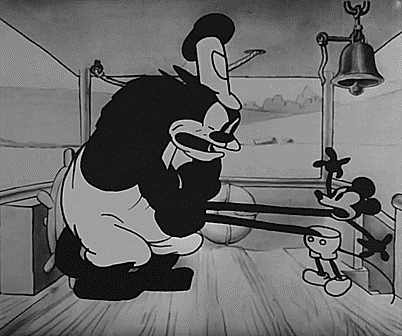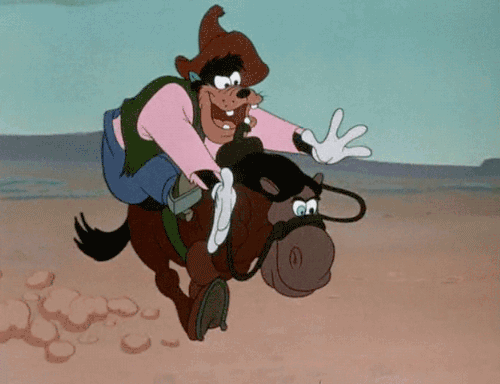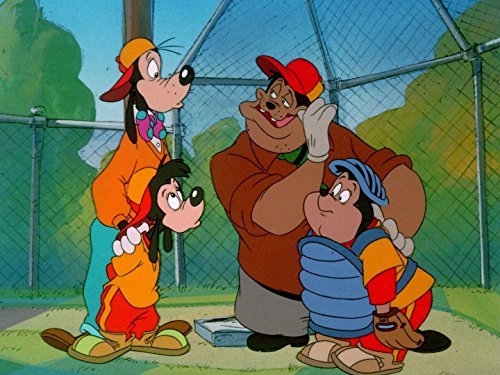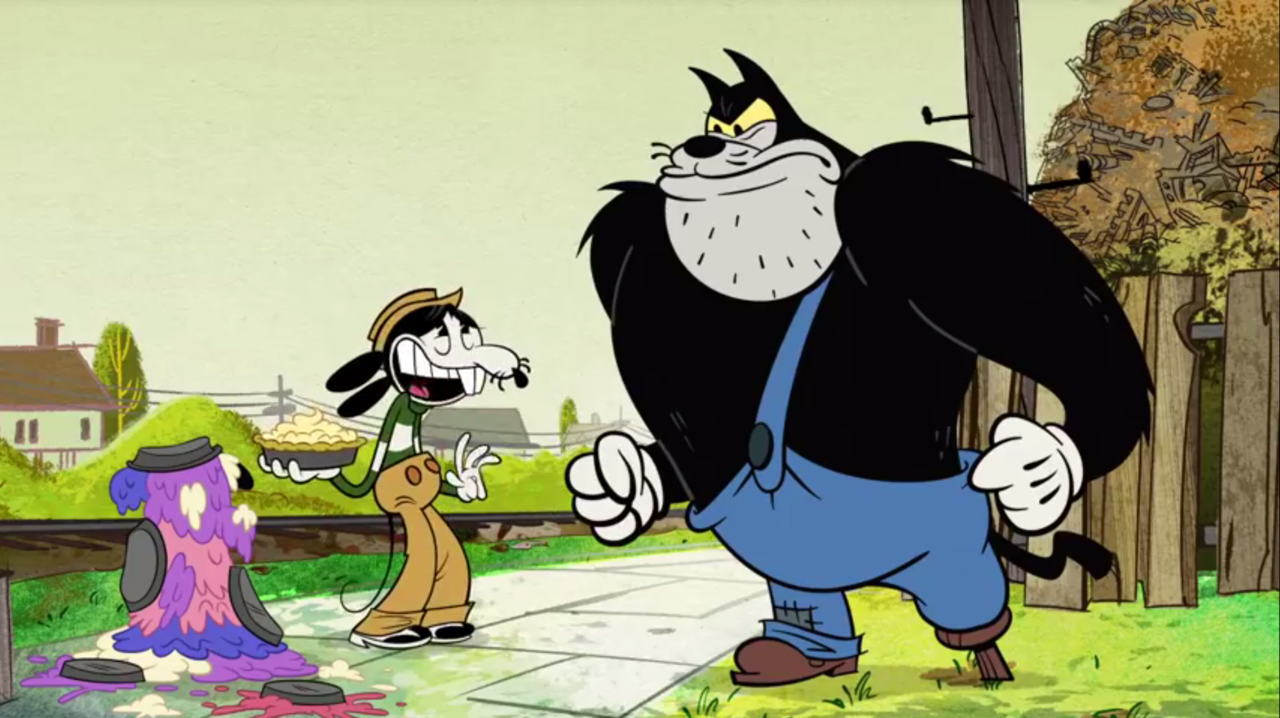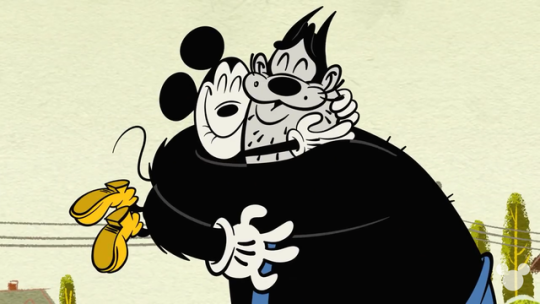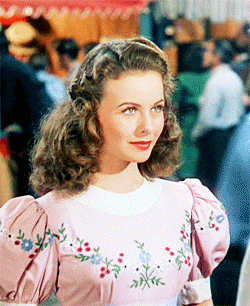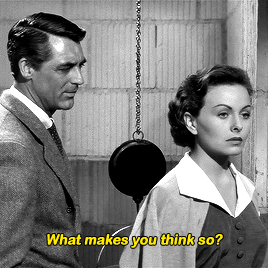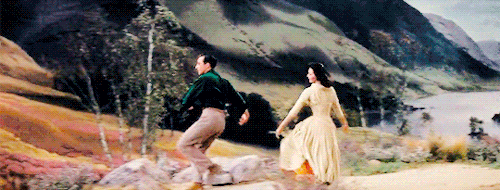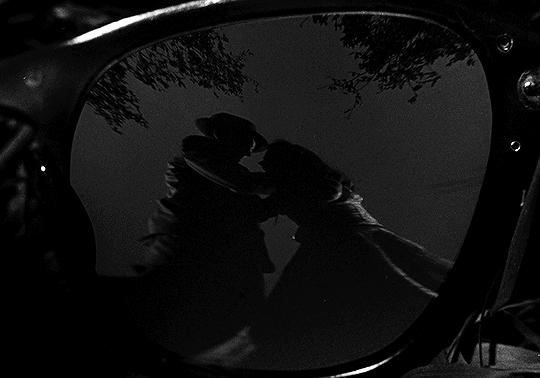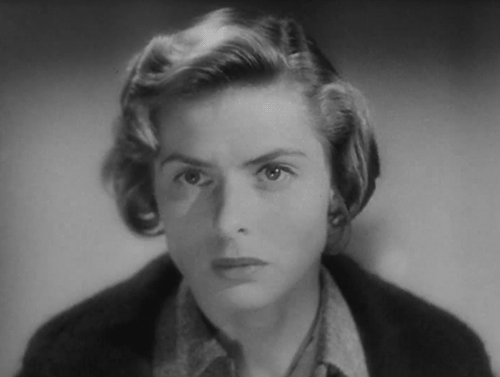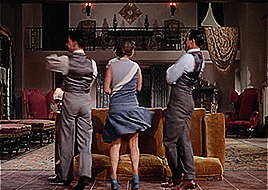The many faces of Pete, Disney villain
Ao longo dos anos, ele incomodou o
Mickey, o Donald, o Pateta e outros tantos personagens. Ao redor do mundo, seu
nome muda: nos EUA, ele é simplesmente Pete, no Brasil ele é João Bafo de Onça,
ou apenas Bafo, nos Países Baixos ele é Boris Boef (Boris Canalha) e na Turquie
ele é Barut (Pólvora). Seu nome verdadeiro, revelado em uma HQ de 1960, é Clodovil
P. Pedrosa. E tem mais: ele é detentor de alguns recordes da animação, mudou
muito através dos anos e, mesmo sendo um cara do mal, ainda tem muitos fãs.
Over the years, he has bullied Mickey Mouse, Donald Duck, Goofy and
their loved ones. Around the world, his name changes: in the US, he is simply Pete,
in Brazil he is João Bafo de Onça (John Jaguar-Breath) or only “Bafo” for
short, in the Netherlands he is Boris Boef (Boris Crook) and in Turkey he is
Barut (Gunpowder). His full name is revealed in a comic book from 1960: Percy
P. Percival. There is more: he holds a few cartoon records, changed a lot
through years and, even being a bad guy, still has a lot of fans.
Here comes the first shocking discovery: Pete is a cat. And this is the
second shocking discovery: Pete is older than Mickey – actually, he is the
oldest Disney character still in use. Pete was developed as a bear for a 1925
short film that mixed animation and live-action, “Alice Solves the Puzzle”. In
it, Pete, a crossword puzzle collector, wants to steal a puzzle from little
Alice, who then needs the help of Julius, a black feline who looks exactly like
Felix the cat. Should I spoil the end? I guess so: in the end, Pete is, well,
impaled. But it wouldn’t be the last time we’d see him.
Pete não atazanava apenas a Alice nos
seus primeiros anos: em 1927 ele começou a aparecer como vilão nas aventuras de
Osvaldo, o Coelho Sortudo, iniciando por “The Ocean Hop”, no qual Bafo
trapaceia para chegar primeiro a Paris de avião em uma corrida atravessando o
Atlântico. Em “Hungry Hobos” (1928), entretanto, Osvaldo e Bafo são dois amigos
mendigos perseguidos por um policial – e Bafo não pensará duas vezes para
sacrificar Osvaldo e escapar.
Pete not only bothered Alice in his initial years: in 1927 he also
started appearing as the villain in Oswald the Lucky Rabbit’s adventures,
starting with “The Ocean Hop”, in which Pete cheats to arrive first in Paris by
plane after crossing the Atlantic. In “Hungry Hobos” (1928), however, Oswald
and Pete are two hobo pals persecuted by a cop – and Pete won’t think twice to
sacrifice Oswald to escape.
Em algum momento em 1928, Bafo mudou
de urso para gato preto, símbolo do azar. Faz todo sentido um gato incomodar um
rato, não? Por isso Bafo estava lá, na estreia do Mickey em “O Vapor Willie”
(1928), para atrapalhar a vida de Mickey e Minnie no barco. Outro
curta-metragem com Mickey e Bago, “O Gaucho Galopante”, uma paródia de Douglas
Fairbanks, foi feito antes de Willie, mas só estreou depois deste. Bafo pode
não ter conseguido o que queria em suas primeiras tentativas, mas nas décadas
seguintes ele continuaria importunando nossos heróis.
Sometime in 1928, Pete changed from a bear to a black cat, the symbol of
bad luck. It makes total sense to have a cat bullying a mouse, doesn’t it?
That’s why Pete was there, in Mickey’s debut, “Steamboat Willie” (1928), to
make Mickey and Minnie’s lives in the boat miserable. Another short with Mickey
and Pete, “The Gallopin’ Gaucho”, a Douglas Fairbanks spoof, was developed
before Willie, but only opened after it. Pete may not have succeeded in his
first attempts, but in the coming decades he kept on trying to bother our
heroes.
No começo dos anos 30, o animador
Norman Ferguson decidiu remodelar Bafo para fazê-lo se parecer mais com o ator
Wallace Beery. Bafo estreou o novo estilo em “The Klondike Kid” (1932), baseado
no filme de Chaplin de 1925, “Em Busca do Ouro” - um curta-metragem que também
tem uma breve aparição do Pateta. Neste e em muitos curtas dos anos 30, a
função do Bafo é tentar sequestrar Minnie... e falhar.
In the early 1930s, animator Norman Ferguson decided to re-stylize Pete
in order to make him look more like screen heavy Wallace Beery. Pete’s new look
was first seen in “The Klondike Kid” (1932), based on Chaplin’s “The Gold
Rush”, from 1925 – a short that also has a cameo by Goofy. In this and many of
the 1930s shorts, Pete’s function was to try to kidnap Minnie… and fail.
Entretanto, Bafo não estava
incomodando só o Mickey. No final dos anos 20 e começo dos anos 30, Bafo
aparecia tanto nos curtas da Disney quanto nos de Osvaldo, produzidos por
Charles Mintz. Nos curtas de Osvaldo, Bafo permaneceu com seu velho estilo, e
uma vez até teve a aparência de um coelho! Dirigidos por Walter Lantz, estes
desenhos do estúdio Universal com Osvaldo e Bafo eram mais nonsense e desafiam
mais a ciência do que a Disney.
But Pete wasn’t only bothering Mickey. In the late 1920s and the early
1930s, Pete appeared in both Disney shorts and Charles Mintz-produced Oswald
shorts. In those shorts he remained with his earlier look, and once even
appeared as a rabbit! Directed by Walter Lantz, those Universal studios
cartoons with Oswald and Pete had even more nonsense and science-defying gags
than the Disney ones.
A perna de pau do Bafo sempre foi
curiosa: em alguns curtas de Alice e de Osvaldo, a perna de pau ou não aparecia
ou mudava de perna, enquanto em “O Vapor Willie” ela sequer apareceu. Na minha
opinião, nos seus primeiros anos, mais magro e com a perna de pau, Bafo se
parecia com Arthur Bannister (Everett Sloane), em “A Dama de Xangai” (1947).
Pete’s peg-leg was always a curious thing: in some Alice and Oswald
shorts the peg-leg either didn’t appear or changed legs, while in “Steamboat
Willie” it didn’t appear at all. In my opinion, Pete, in his earlier years,
skinnier and with the peg-leg, looked like Arthur Bannister (Everett Sloane) in
“The Lady from Shanghai” (1947).
Já na era dos desenhos coloridos,
Bafo foi um vilão enquanto Donald era policial em “Officer Duck”- e Donald teve
de se vestir de bebê para prendê-lo, provando que Bafo tem na verdade um
coração mole. Depois ele apareceu em mais alguns “curtas normais” no começo dos
anos 40 e seis curtas feitos para o esforço de guerra entre 1942 e 1943. Neles,
Bafo era o mal-humorado superior de Donald no exército.
Already in the color cartoon era, Pete was a villain to Donald’s police
officer in “Officer Duck” (1939) – and Donald had to dress as a baby to arrest
him, proving that Pete is actually a soft guy. He then appeared in more
“regular shorts” in the early 1940s and six shorts made for the war effort
between 1942 and 1943. In these, Pete was Donald’s grumpy superior at the army.
Nos anos 50, Bafo foi por pouco tempo
rival do Pateta e de Tico e Teco. Então 30 anos se passaram até “Um Conto de
Natal do Mickey”, como o Fantasma do Natal por Vir. Ele também apareceu em
alguns episódios de Ducktales como vários personagens.
In the 1950s, Pete was briefly a rival to both Goofy and Chip and Dale.
Then 30 years passed until “Mickey’s Christmas Carol” (1983), as the Ghost of
Christmas Yet to Come. He also appeared in the first Ducktales as several
characters.
Nos anos 90, Bafo se tornou um cara
quase legal em uma das minhas animações favoritas da época: “A Turma do Pateta”.
Nela, Bafo era vizinho do Pateta e vítima constante das trapalhadas dele. Bafo
não era mau nessa versão, mas sim estressado e um pouco arrogante. Ele tinha
uma loja de carros usados e vivia com a família.
In the 1990s, Pete became an almost nice guy in one of my favorite
cartoon series of the time: “Goof Troop”. In it, he was Goofy’s neighbor and a
constant victim of Goofy’s clumsiness. Pete was not bad in this iteration, but
rather nervous and a bit arrogant. He had a used cars dealership and lived with
his family.
Está na hora de conhecer a família do
Bafo, não é? Em um jogo de xadrez com as peças no formato dos personagens, Bafo
tinha uma irmã chamada Penélope, vestida como cantora de saloon. Eu me pergunto
se ela morreu de cólera. Por um lado mais feliz, Bafo tinha uma linda família
na série “A Turma do Pateta”: a esposa Peg, o filho BJ e a filha Matraca. A mãe
e a avó de Bafo apareceram em um episódio de “O Clube do Mickey”.
It is time to get to know Pete’s family, right? In a chess game with the
characters as pieces, Pete had a sister named Penelope, dressed as a saloon
singer. I wonder if she died from cholera. In happier notes, Pete has a whole
family in the series “Goof Troop”: wife Peg, son PJ and daughter Pistol. His
mother and grandmother also appeared in one episode of “House of Mouse”.
 |
| Vovó Bafo / Gram-Gram Peg-Leg |
O recente novo design dos principais
personagens da Disney foi polêmico, e fãs ficaram divididos. Começando em 2014,
Bafo quase voltou às origens, ganhando sua perna de pau de volta e sendo
retratado como um vilão com sentimentos. Muitas pessoas odiaram o novo estilo,
mas todos concordamos com uma coisa: com ou sem sua perna de pau, Bafo – o mais
velho personagem da Disney e o único personagem animado a “trabalhar” em dois
estúdios ao mesmo tempo – é um dos mais importantes vilões da história da
animação.
The recent redesign of the main Disney characters was a polemic one, and
fans were divided. Starting in 2014, Pete almost comes full circle, getting his
peg-leg back and being portrayed as a villain with feelings. Many people hated
the redesign, but we all agree with a thing: with or without his peg-leg, Pete –
the oldest Disney character and the only animated character to “work” at two
studios at the same time – is one of the most important villains in the history
of animation.
This is my contribution to the Great Villain blogathon, hosted by Ruth,
Kristina and Karen at Silver Screenings, Speakeasy and Shadows and Satin.
